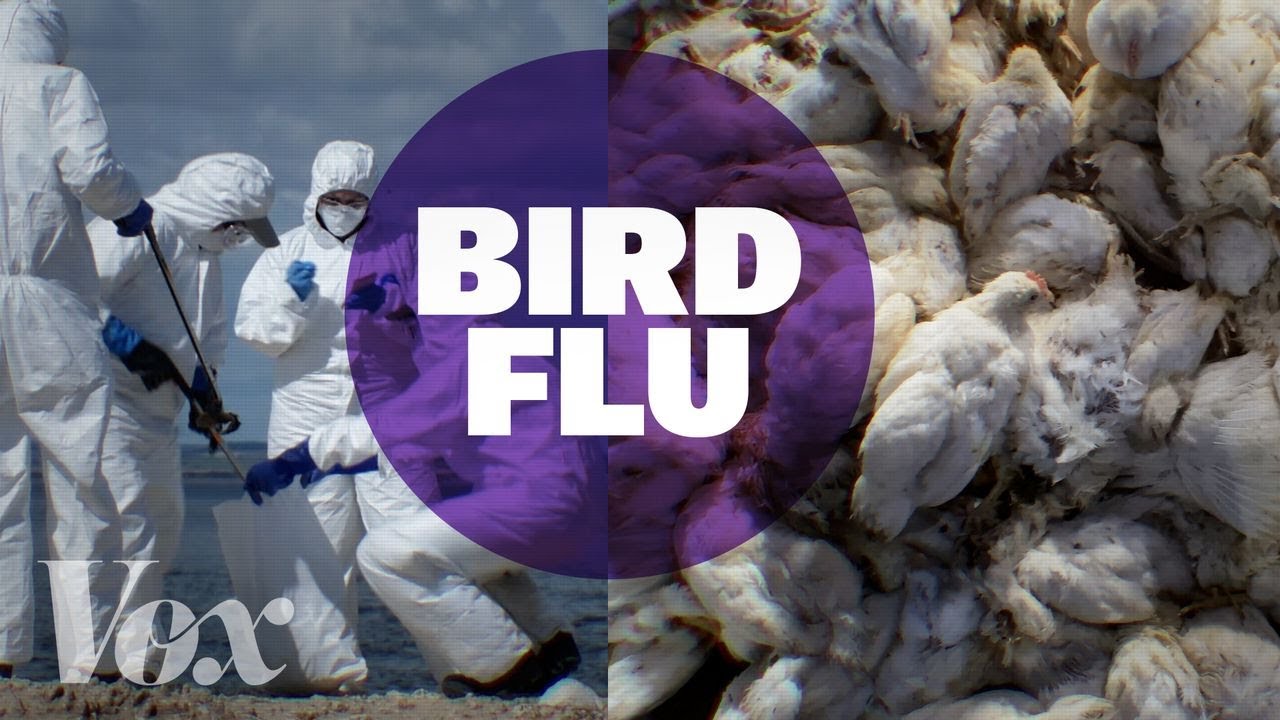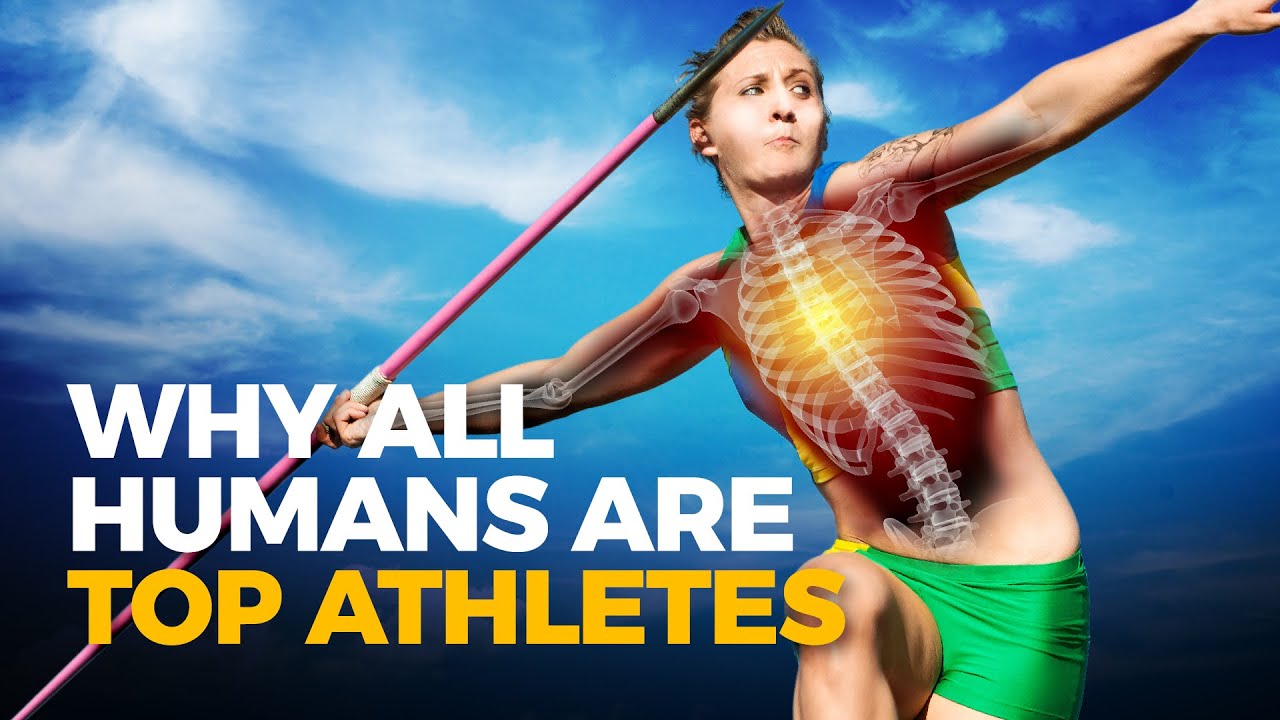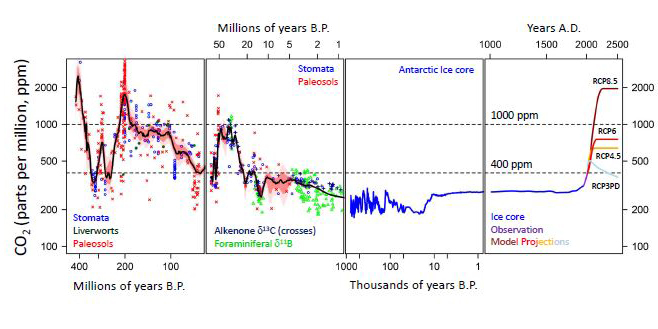
Influence of gravity on cardiovascular reflexes from skeletal muscle receptors
Abstract
Skeletal muscles are important reflexogenic areas of the cardiovascular system. The afferent pathways of the reflex loops involve slow-conducting group III and group IV fibers that are excited by mechanical and chemical events in the muscle. The present paper reviews a series of experiments dealing with the question of whether those afferents are also influenced by gravitational forces. The results of these studies suggest the following answers: 1) gravitational forces can modulate cardiovascular reflexes from exercising skeletal muscles. 2) This effect is primarily due to changes in the interstitial fluid volume rather than to a direct mechanical influence, venous pressure, or venous volume. 3) The amplitudes of heart rate and blood pressure responses during exercise are inversely related to the local interstitial volume. Measurements during post-exercise circulatory arrest indicate that this sensitivity is mainly mediated by muscle chemoreceptors. These receptors, which also contribute to the spinal control of movement, generally appear to be sensitized by regional fluid losses and desensitized by overhydration of their environment.
https://pubmed.ncbi.nlm.nih.gov/8897399/
Muscle Forces or Gravity: What Predominates Mechanical Loading on Bone?
However, even low-impact gravitational loading may have beneficial skeletal effects, because standing for 40 h·wk−1 or more (which presumably included time spent walking) was associated with a 34% to 46% lower risk of hip fracture (9).
...
several lines of research suggest that physical activities that involve impact forces, and therefore generate both gravitation and muscle loading, are most likely to have beneficial effects on bone metabolism and reduce fracture risk.
https://pmc.ncbi.nlm.nih.gov/articles/PMC3037021/
Gravitational Effects on Human Physiology
Abstract
Physical working capacity decreases with age and also in microgravity. Regardless of age, increased physical activity can always improve the physical adaptability of the body, although the mechanisms of this adaptability are unknown. Physical exercise produces various mechanical stimuli in the body, and these stimuli may be essential for cell survival in organisms. The cytoskeleton plays an important role in maintaining cell shape and tension development, and in various molecular and/or cellular organelles involved in cellular trafficking. Both intra and extracellular stimuli send signals through the cytoskeleton to the nucleus and modulate gene expression via an intrinsic property, namely the "dynamic instability" of cytoskeletal proteins. αB-crystallin is an important chaperone for cytoskeletal proteins in muscle cells. Decreases in the levels of αB-crystallin are specifically associated with a marked decrease in muscle mass (atrophy) in a rat hindlimb suspension model that mimics muscle and bone atrophy that occurs in space and increases with passive stretch. Moreover, immunofluorescence data show complete co-localization of αB-crystallin and the tubulin/microtubule system in myoblast cells. This association was further confirmed in biochemical experiments carried out in vitro showing that αB-crystallin acts as a chaperone for heat-denatured tubulin and prevents microtubule disassembly induced by calcium. Physical activity induces the constitutive expression of αB-crystallin, which helps to maintain the homeostasis of cytoskeleton dynamics in response to gravitational forces. This relationship between chaperone expression levels and regulation of cytoskeletal dynamics observed in slow anti-gravitational muscles as well as in mammalian striated muscles, such as those in the heart, diaphragm and tongue, may have been especially essential for human evolution in particular. Elucidation of the intrinsic properties of the tubulin/microtubule and chaperone αB-crystallin protein complex systems is expected to provide valuable information for high-pressure bioscience and gravity health science.
https://pubmed.ncbi.nlm.nih.gov/26174402/
Perspective on the Impact of Weightlessness on Calcium and Bone Metabolism
Abstract
As humans venture into space to colonize the moon and travel to distant planets in the 21st century, they will be confronted with a bone disease that could potentially limit their space exploration activities or put them at risk for fracture when they return to earth. It is now recognized that an unloading of the skeleton, either due to strict bed rest or in zero gravity, leads on average to a 1%–2% reduction in bone mineral density at selected skeletal sites each month. The mechanism by which unloading of the skeleton results in rapid mobilization of calcium stores from the skeleton is not fully understood, but it is thought to be related to down regulation in PTH and 1,25-dihydroxyvitamin D3 production. Bone modeling and mineralization in chick embryos is not affected by microgravity, suggesting that bone cells adapt and ultimately become addicted to gravity in order to maintain a structurally sound skeleton. Strategies need to be developed to decrease microgravity-induced bone resorption by either mimicking gravity’s effect on bone metabolism, or enhancing physically or pharmacologically bone formation in order to preserve astronauts’ bone health.
https://www.sciencedirect.com/science/article/pii/S8756328298000143
Does gravitational pressure of blood hinder flow to the brain of the giraffe?
The giraffe has a high aortic pressure. This is not for driving the blood to its head but is for minimizing the gravitational drop of intravascular pressure and collapse of the vessels. The cerebral circulation is protected by the cerebrospinal fluid which undergoes parallel changes in pressure with posture. Other vessels in the head are less protected by connective tissue, surrounding muscles and other structures.
https://www.sciencedirect.com/science/article/abs/pii/0300962986905621
The roles of exercise in bone remodeling and in prevention and treatment of osteoporosis
Conclusion
Exercise increases bone mineral density, bone mass, bone strength, and bone mechanical properties. It seems to directly or indirectly act on almost all the bone cell types and affect many aspects of bone remodeling.
https://www.sciencedirect.com/science/article/abs/pii/S007961071500228X
Recombinant Irisin Prevents the Reduction of Osteoblast Differentiation Induced by Stimulated Microgravity through Increasing β-Catenin Expression
Conclusions: The present study is the first to show that r-irisin positively regulates osteoblast differentiation under simulated microgravity through increasing β-catenin expression, which may reveal a novel mechanism, and it provides a prevention strategy for bone loss and muscle atrophy induced by microgravity.
https://www.mdpi.com/1422-0067/21/4/1259




